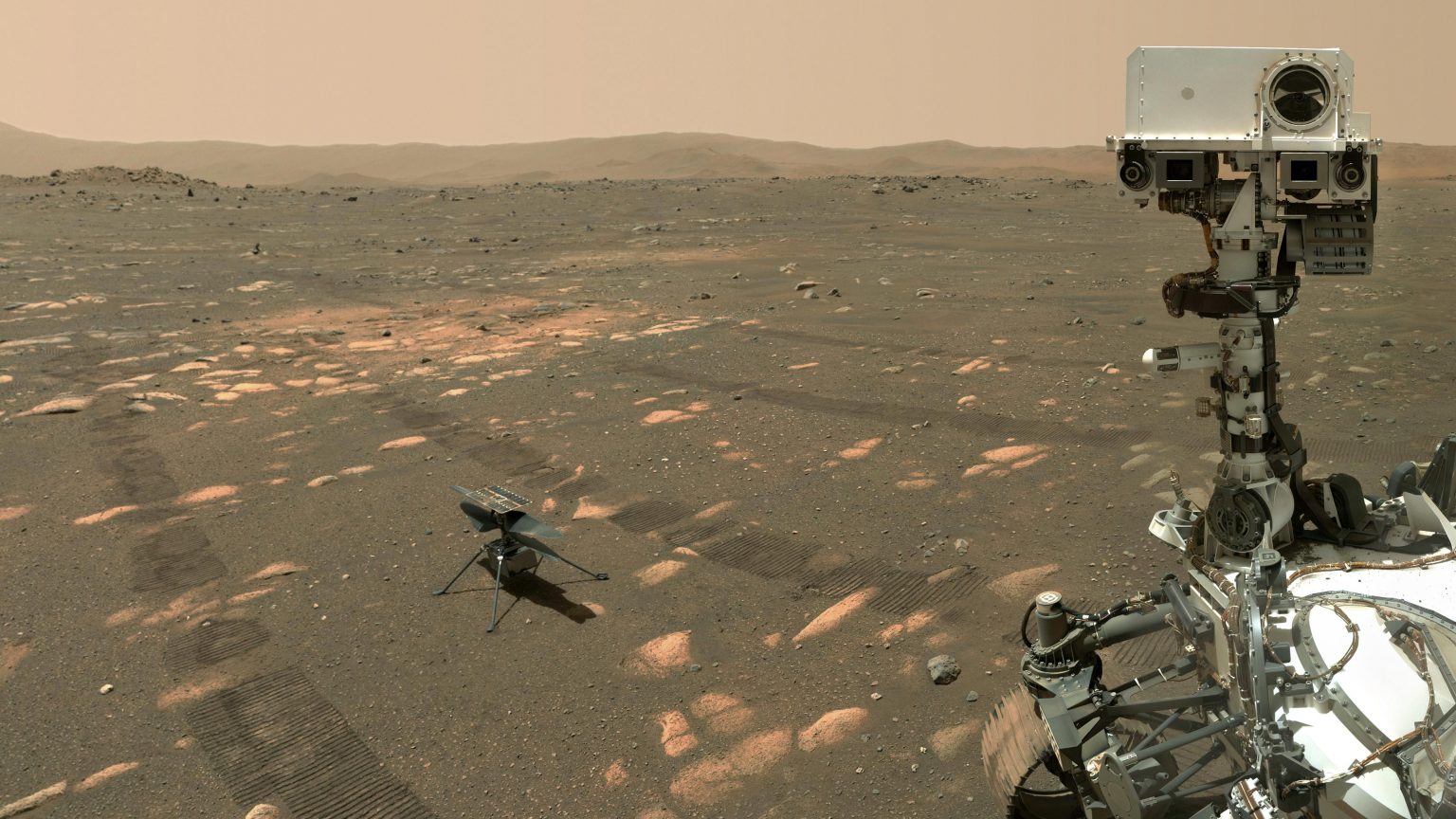

The terrain map and maps of surface hazards traveled aboard the spacecraft and will be used to help it land safely. The USGS initially developed two maps for the Mars 2020 mission, including a surface terrain map that spans the landing site and much of the surrounding area and a high-resolution base map that was used by researchers to accurately map surface hazards at the landing site. This video highlights the Jezero crater landing site on Mars, as well as several key locations that the Perseverance rover may visit once it is on the surface. By using the maps we created, the spacecraft will be able to safely steer itself instead.” “Mars is so far away - some 130 million miles at the time of landing - that it takes several minutes for radio signals to travel between Mars and Earth. “As much as we would love to manually steer the spacecraft as it lands, that’s just not possible,” said Robin Fergason, USGS research geophysicist. For the navigation to work, the spacecraft needs the best possible maps of the landing site and surrounding terrain. To safely land on the rugged Martian landscape, the spacecraft will use a new technology called “ Terrain Relative Navigation.” As it descends through the planet’s atmosphere, the spacecraft will use its onboard maps to know exactly where it is and to avoid hazards as it lands on the planet’s surface. The intricate landing sequence, known as Entry, Descent and Landing, or EDL, is guided by the most precise maps of Mars ever created, courtesy of the USGS Astrogeology Science Center. The mission’s goals are to search for evidence of past life and habitable environments in Jezero crater and collect and store samples that, for the first time in history, could be returned to Earth by a future mission. In either case, the USGS has you covered.Īfter nearly seven months of travel through space, NASA’s Perseverance rover will touch down on Mars on Thursday, February 18. This is true whether you’re heading out for a hike on Earth or you’re landing a rover on Mars. When you’re planning to explore someplace new, it’s always a good idea to bring a map so you can avoid dangerous terrain.

Landing zone for Mars 2020 mission (Credit: Ryan Anderson, USGS).


 0 kommentar(er)
0 kommentar(er)
